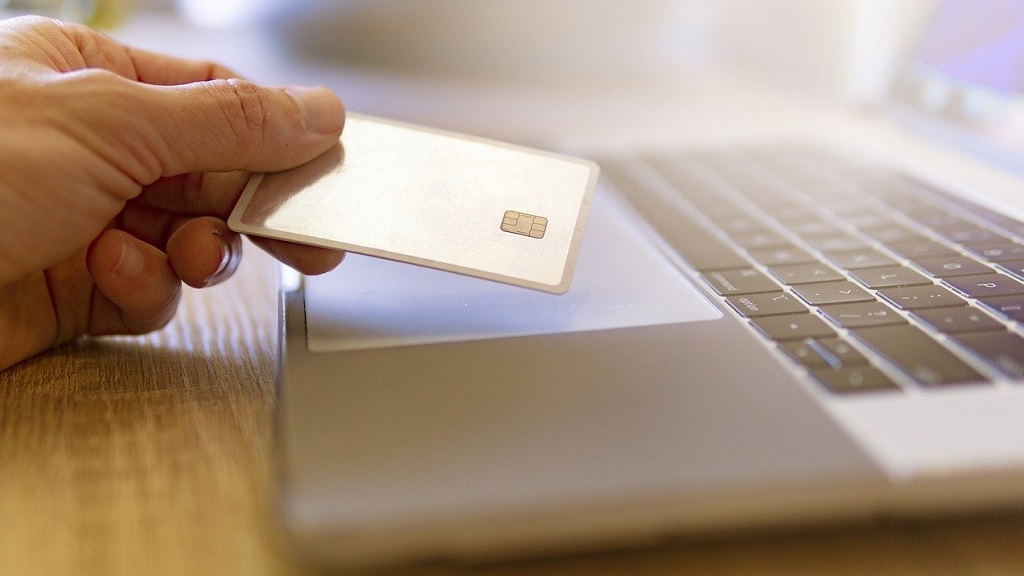
When a business wants to cross borders and land in new markets, it must make its offer more attractive to consumers of those nationalities, both in language and culture as well as in payment methods. Offering a seamless checkout experience is critical, as is minimizing the risk of failed payments and improving approval rates.
That is why, at a time when businesses are looking for opportunities abroad, it is vital to contemplate the challenges associated with cross-border payments. According to KPMG, 77% of Spanish companies are exploring their options to land in new markets. In fact, 39% of our SMEs considered selling their products and services outside of Spain for the first time last year, according to an Alibaba survey.
Now, alternative payment methods have flooded the market, making payments easier, more comfortable and faster. Indeed, thanks to the rise of apps and websites that store payment data through tokenization, payments are becoming increasingly “invisible”; this saves customers from having to type in their details or wait for a confirmation message.
We are talking about comfort, after all. This type of comfort translates into income. It is essential for businesses to reach new places and offer a localized, secure and frictionless payment solution, basically plug & play with a global supplier.
Objective: eliminate weak points
Now that much of commerce has moved online, businesses have embraced digital payment methods and found them to be very valuable. In addition, as consumers shop online more, they are considering shopping in new places. However, to convince a potential customer online, businesses must convince them that the purchase process is safe, fast and uncomplicated.
Therefore, it is essential that companies adapt to local payment methods and offer a variety of options. In this sense, in an operation between an SME and its client, it is important to adapt to the country with which it is dealing through tools that offer the appropriate currencies, cards and payment methods so that this transaction can take place.
Historically, cross-border transactions were subject to pain points for both individual consumers and businesses, including lack of transparencylong settlement periods, high transaction costs and limited accessibility.

David Jofre, Country Manager for Spain and Portugal, Finaro.



